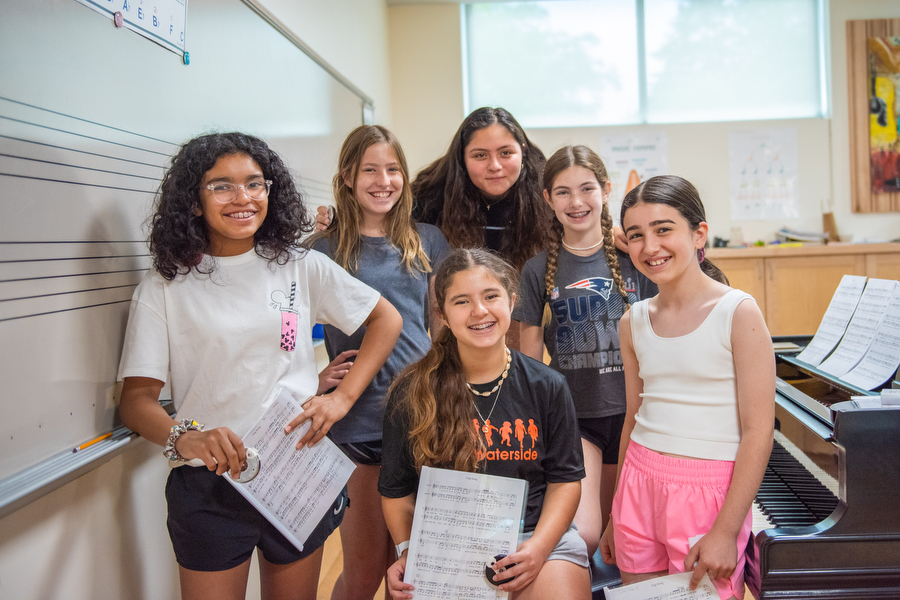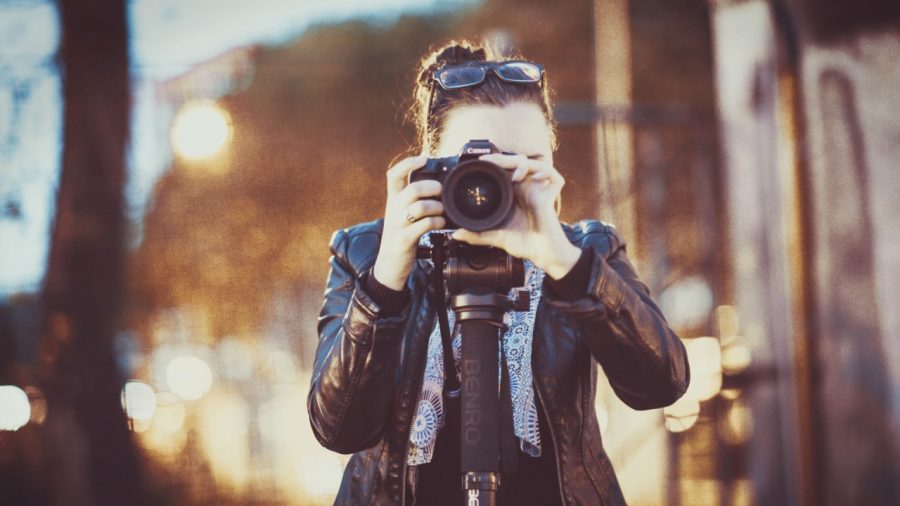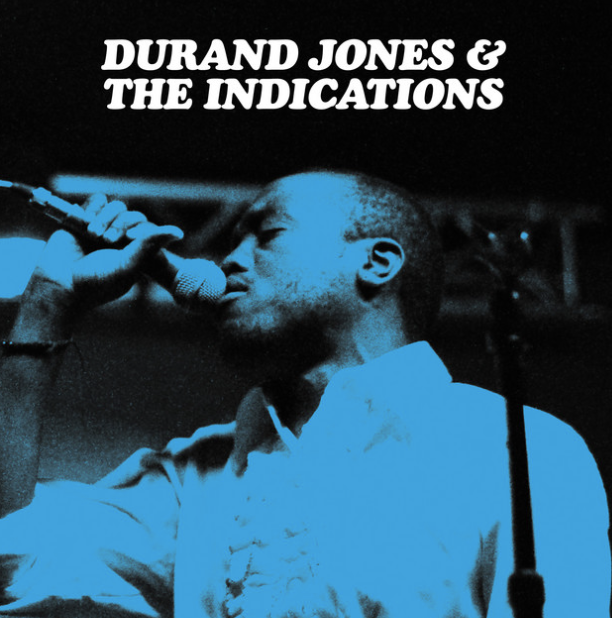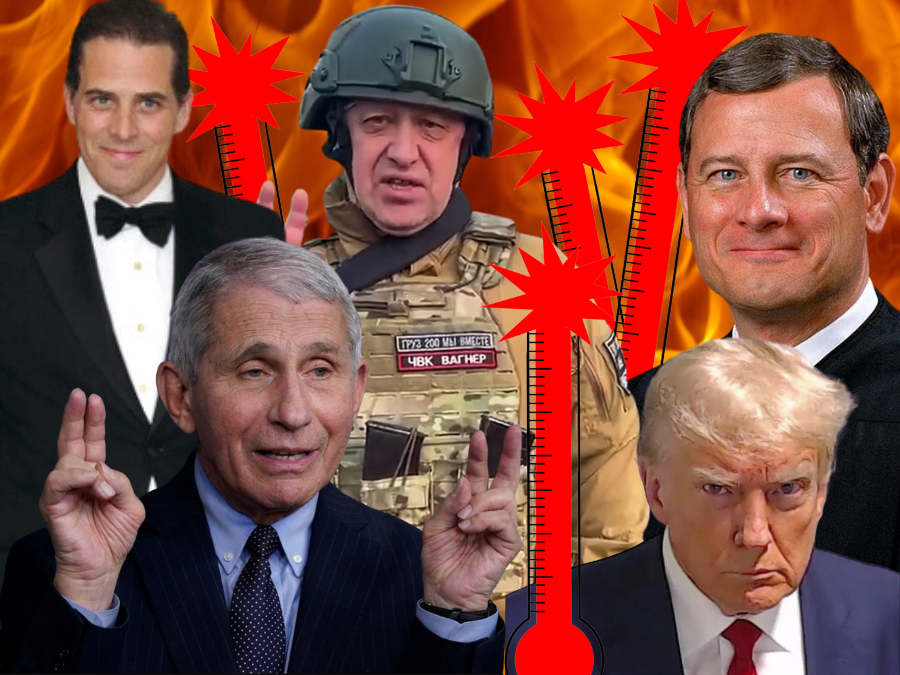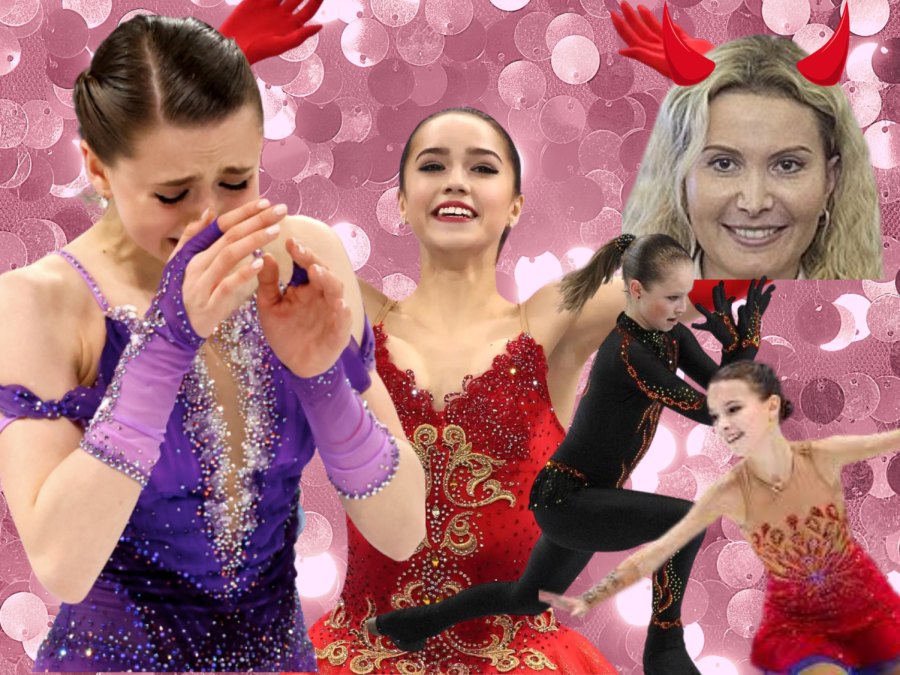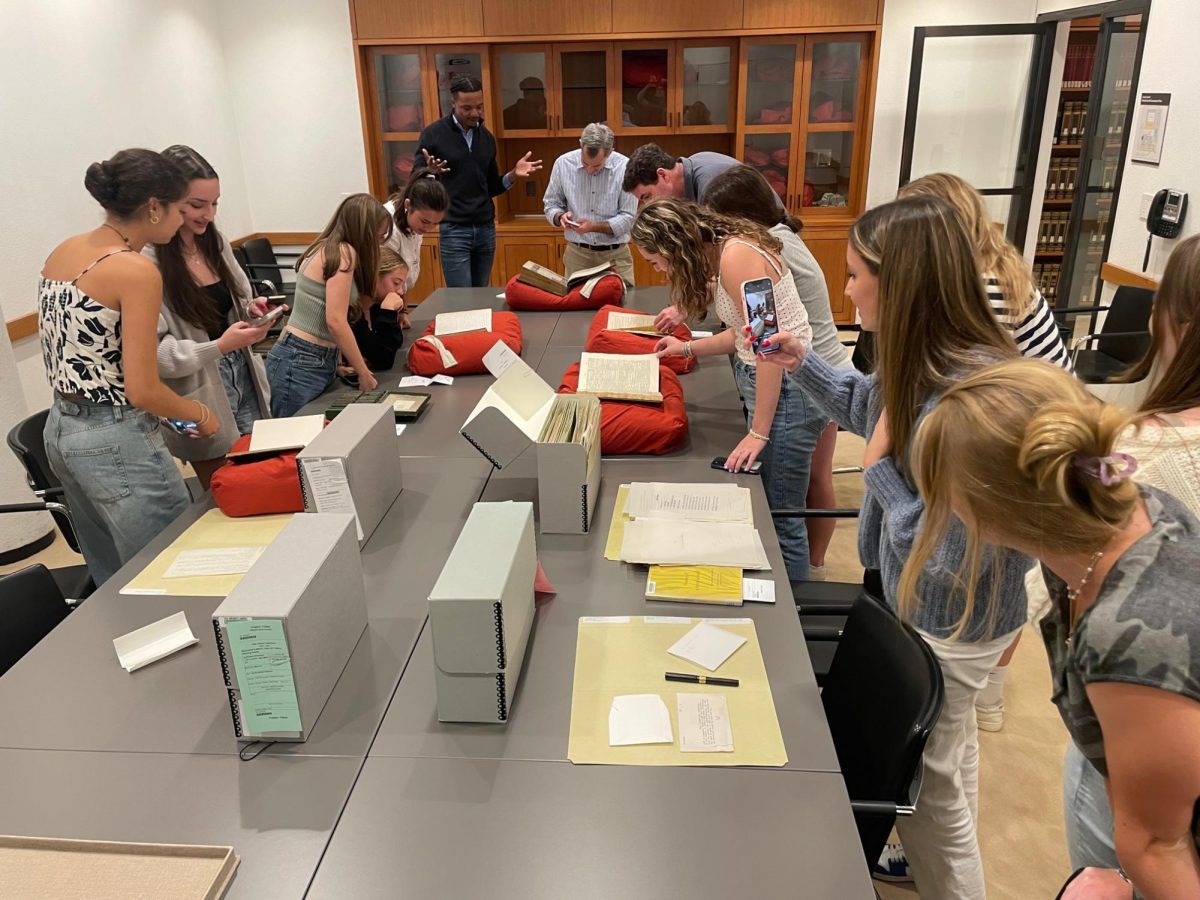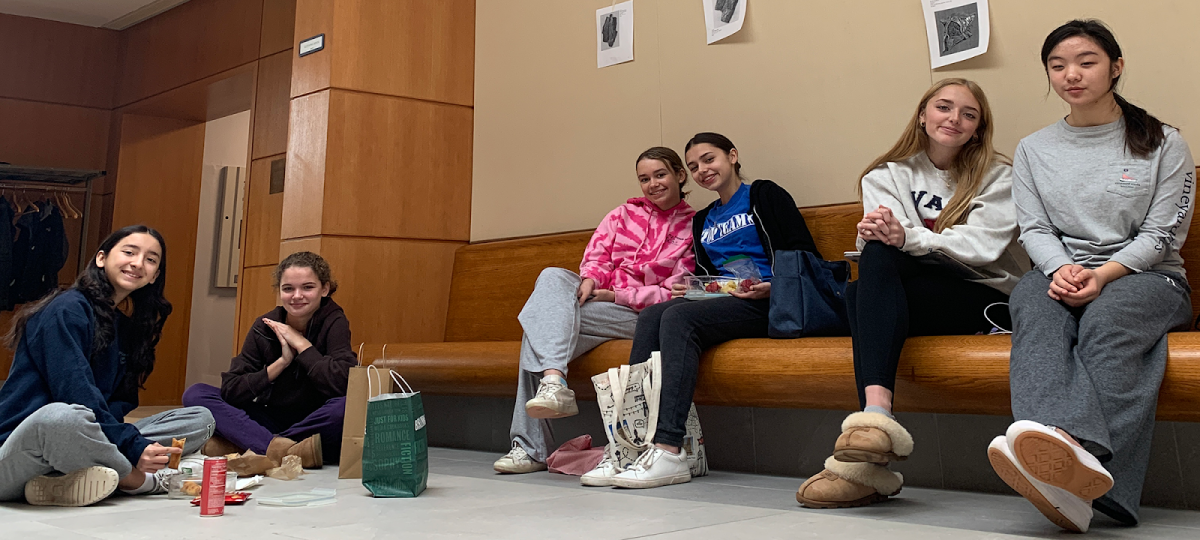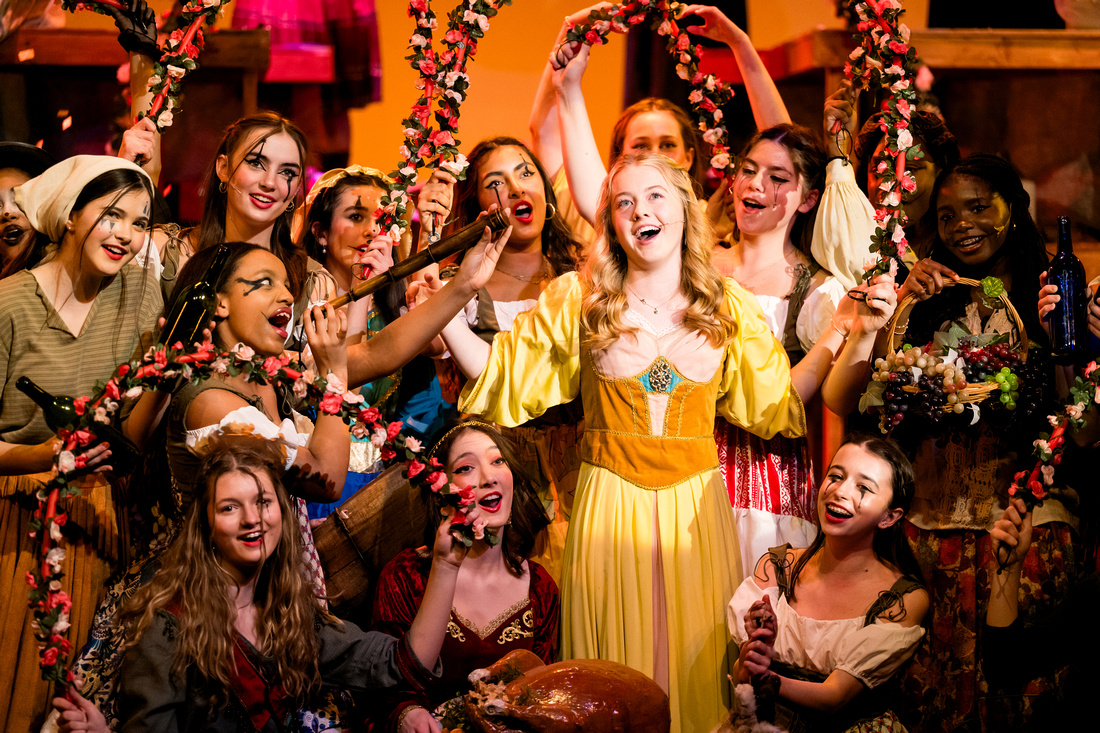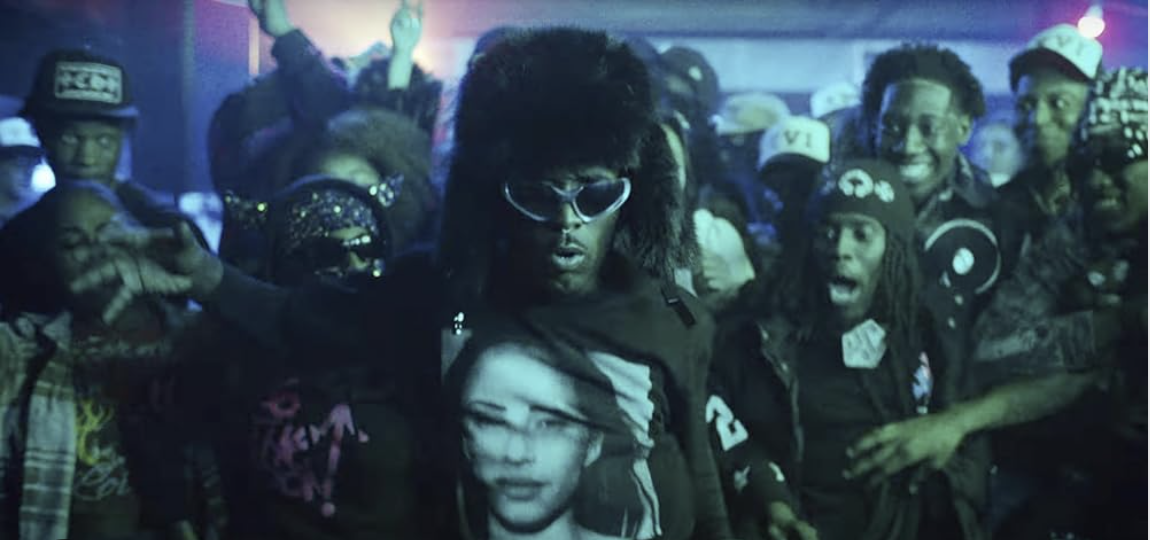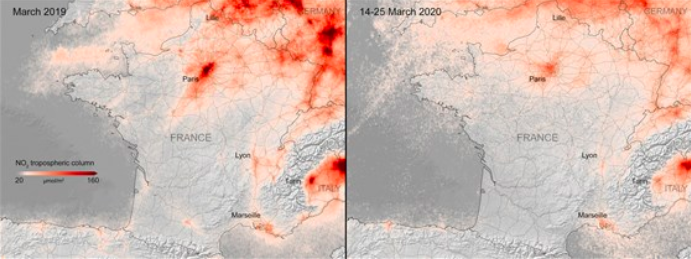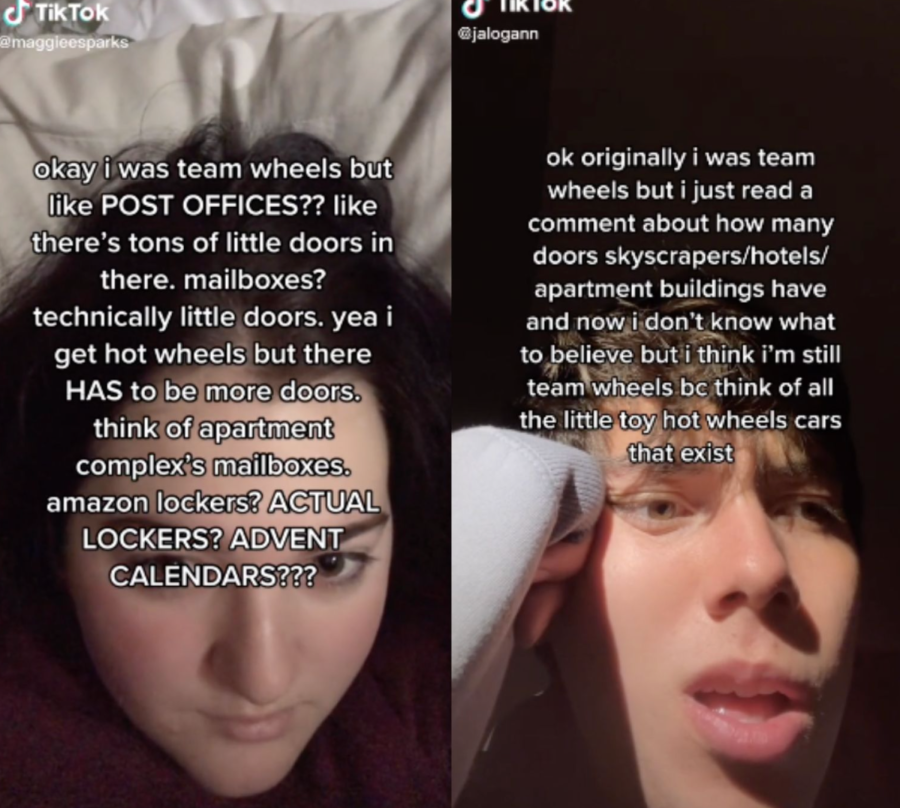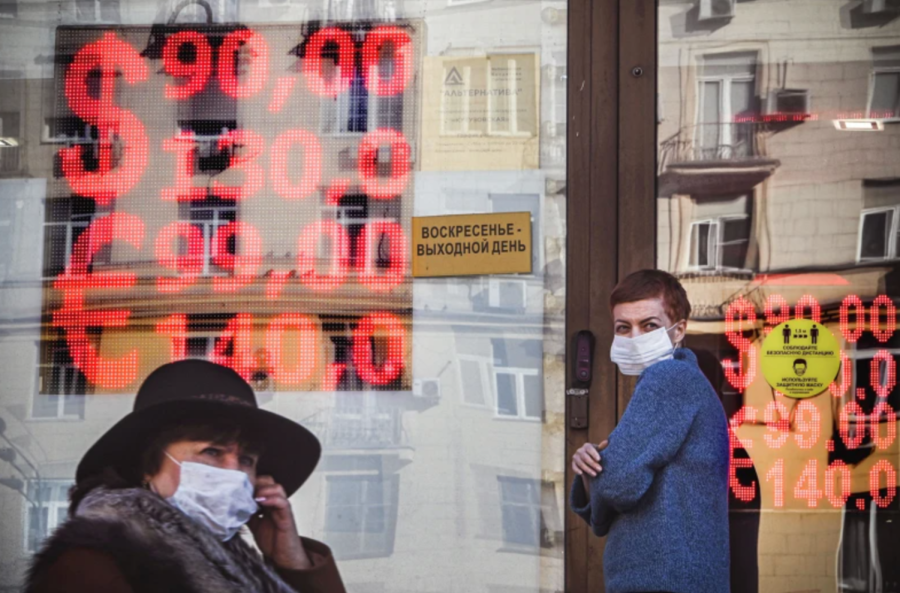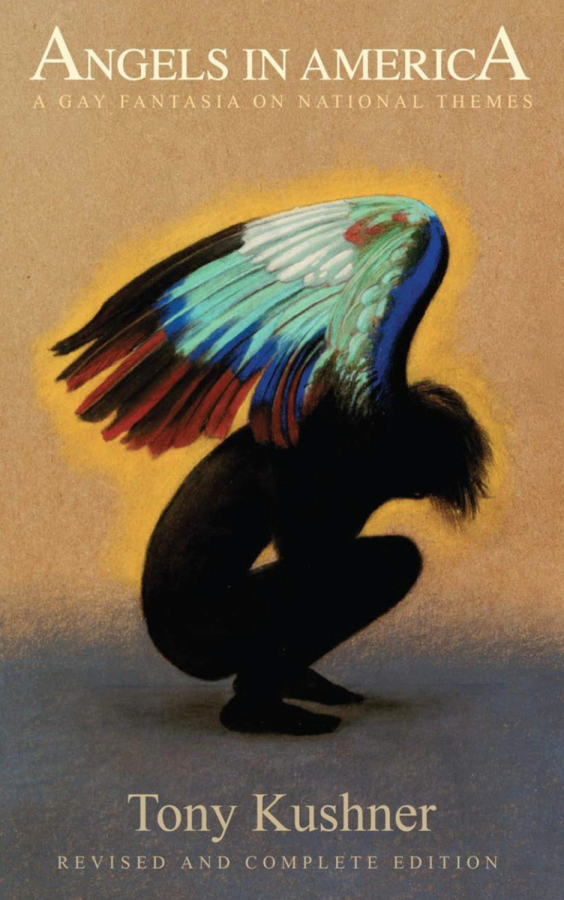 On November 3 members of the Senior English Expedition class “New York State of Mind” took a trip to New York City to visit the 9/11 Museum and Memorial. The class, created and taught by Ms. Sarah Holzschuh, involves multiple educational trips to the city. On November 3 the seniors were excited to finally step into the urban atmosphere of the books they had been reading in class.
On November 3 members of the Senior English Expedition class “New York State of Mind” took a trip to New York City to visit the 9/11 Museum and Memorial. The class, created and taught by Ms. Sarah Holzschuh, involves multiple educational trips to the city. On November 3 the seniors were excited to finally step into the urban atmosphere of the books they had been reading in class.
I was somewhat ambivalent about the 9/11 Museum before visiting. The concept of meshing a museum and a memorial into one place was, and still is, highly controversial. It’s very hard to respectfully honor those who were lost and still be informative about a national tragedy, but in many ways the 9/11 Museum and Memorial is quite successful in doing this.
Walking around the newly re-opened World Trade Center was incredibly surreal. The first thing you see is a pair of enormous reflecting pools, which are built in the actual footprints of the Twin Towers. Water continuously flows down the sides of the pools, creating a very serene environment. The outer edge of the pools lists the names of all of the victims of 9/11; the powerful statement makes you wonder about the person behind each name.
When you walk into the museum and take an elevator seventy stories down (to the bedrock of Ground Zero) you finally arrive at the museum itself. The museum is massive, and thankfully so, because the amount of artifacts and information down there is so overwhelming.
It’s almost disorienting down on the museum floor; coming off the elevator you see a beautiful wall of blue tiles with Virgil’s quote, “No day shall erase you from the memory of time.” You then turn your head to find evidence of pure destruction: the steel columns from the North Tower from the sight of impact, pieces of a first-response fire truck, and a part of the communication wire snapped in half.
The historical part of the museum is set up so that you follow a path from rooms that covered the details of the actual tragedy, and then to rooms on the culture of the time, Al Qaeda, the politics before and after 9/11, and the cleaning of Ground Zero. You simply get lost in the information. All of these images mixed together made me very uneasy, and almost anxious.
The rooms that focus on the details of the day are the most powerful and, in my opinion, relevant. There are rooms and rooms full of artifacts, information, and news broadcasts that fill the walls of this massive space. Everywhere you look there is another insight into the day that makes your stomach lurch.
Sounds play a very important role at the 9/11 museum; you can always hear a news broadcast or a voicemail playing in the background. Some of the most powerful components are the voicemails left by victims to their loved ones as well as voicemails left by loved ones to victims because you are allowed a personal look into the lives that were lost.
The rooms that include incredibly moving voicemails or letters to loved ones make the other rooms feel almost insensitive and out of place. When you walk from one of the most emotional pieces at the museum, a video of the Twin Towers smoking with voicemails playing in the background, into a room full of Twin Towers pop culture (including posters from King Kong films), you may feel pretty angry.
I know I did. I needed to reflect and take in everything that I had just seen, but I couldn’t because movie posters were mounted on the walls of the following room. I kept walking in hope of finding something more somber, but instead was enraged to find a room full of details on Al Qaeda and videos of the terrorists getting through American Airport security. Even the next room showing the Ground Zero clean up was not comforting to me at that point.
Though these last few rooms left a bitter taste in my mouth, I can understand why the museum decided to include them. It is a museum; from the politics before, to the details of the day, and the aftermath, it fully covers the details of a “historical” event.
The problem is that 9/11 (to me, and most of our generation) isn’t history. It feels current and close to us. When it is put into historical context, it seems out of place. Years from now, when


